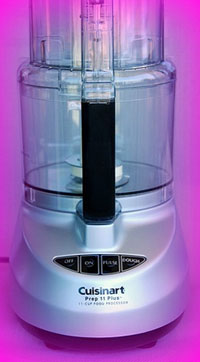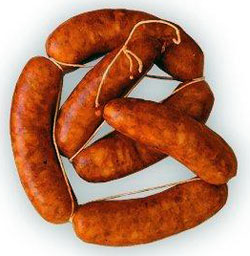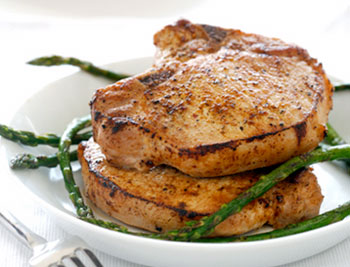 So there we are, my two children, my ex-husband and his side of the family sitting at the table. All adults ranging in age from 20 to 70. Dinner is over, I am paying
no attention to the conversation at the far end of the table when I see
my nephew approaching with a bathroom scale. I have no idea what
instigated this, but it apparently involves a discussion about
someone's weight. (Not mine, I assure you.)
So there we are, my two children, my ex-husband and his side of the family sitting at the table. All adults ranging in age from 20 to 70. Dinner is over, I am paying
no attention to the conversation at the far end of the table when I see
my nephew approaching with a bathroom scale. I have no idea what
instigated this, but it apparently involves a discussion about
someone's weight. (Not mine, I assure you.)
Now that he has our attention, my nephew puts the scale on the floor next to the table, steps on -- and tells the assembled group how much he weighs. Mind you, this is AFTER dinner, not before, and we have all just consumed excessive amounts of bread, pasta, and other carbohydrates.


 I love the story of stone soup. I love it for all the wrong reasons. You know the
I love the story of stone soup. I love it for all the wrong reasons. You know the  I consumed so many delicious things this year, it's really hard to pin down one meal or one bite. But if there was a night that stands out, and a single dish that truly made me happy, it has to be a sausage sampler that I consumed with my best friend Don in early November. He showed up one night with some Spanish chorizo sausages, a blood sausage, a couple of wedges of runny cheese, and a small cooler with a few kick ass craft beers in it.
I consumed so many delicious things this year, it's really hard to pin down one meal or one bite. But if there was a night that stands out, and a single dish that truly made me happy, it has to be a sausage sampler that I consumed with my best friend Don in early November. He showed up one night with some Spanish chorizo sausages, a blood sausage, a couple of wedges of runny cheese, and a small cooler with a few kick ass craft beers in it. If you look in the dictionary under the word "impatient" you’ll most likely see my picture a few rows down. My disdain for playing the waiting game is a big reason why I don’t pickle, bake, brew or preserve too well, although I have aced the sauté, grill, and fry like nobody’s business. So you can imagine my dilemma when I first learned about brining meat. There were numerous knuckle biting moments when I had to accept that soaking meat for what seemed like an eternity really did yield a more flavorful, juicy bite. I may not have learned to deal with sitting around doing nothing, but I have certainly surrendered to the divine brine.
If you look in the dictionary under the word "impatient" you’ll most likely see my picture a few rows down. My disdain for playing the waiting game is a big reason why I don’t pickle, bake, brew or preserve too well, although I have aced the sauté, grill, and fry like nobody’s business. So you can imagine my dilemma when I first learned about brining meat. There were numerous knuckle biting moments when I had to accept that soaking meat for what seemed like an eternity really did yield a more flavorful, juicy bite. I may not have learned to deal with sitting around doing nothing, but I have certainly surrendered to the divine brine.